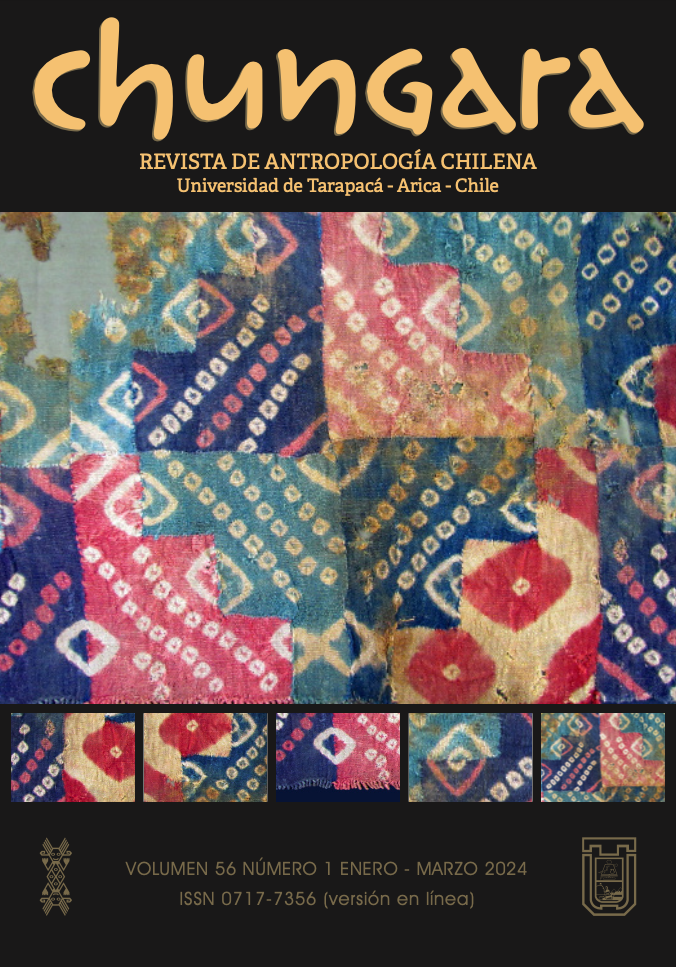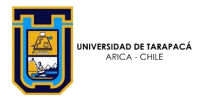Written by Super User. Posted in Papers - English
COMENTARIO AL ARTÍCULO DE GIANCARLO MARCONE “SUPERANDO LAS DICOTOMÍAS: EL QHAPAQ ÑAN COMO EJEMPLO DEL PATRIMONIO COMO PROCESO SOCIAL”
El ingreso del Qhapaq Ñan (QÑ) a la Lista de Patrimonio Mundial en 2104 fue recibida con una oleada de fervor patriótico en los seis países que lo postularon. El análisis comparativo que hizo Pierre Losson (2017) de 90 artículos de prensa del momento encontró una inclinación a favor de las voces oficiales, “revelando una ausencia alarmante de distancia crítica y una falta de ímpetu investigativo”. El consenso alrededor de la celebración fue básicamente unánime en los medios, la academia y las instituciones estatales y giró alrededor de temas difusos como la identidad cultural y más concretos como el desarrollo, sobre todo pensando en las promesas quiméricas del turismo. Ese consenso es funcional a la oleada de patrimonialización desatada en el mundo en las últimas décadas que supone que el patrimonio es “algo” que se define, se promueve y se enmarca, pero cuyo carácter construido (histórico) se esconde de manera deliberada; que supone que el patrimonio se celebra (y se regula, claro), pero jamás se cuestiona. Sin embargo, recientemente han surgido voces disonantes en Suramérica (la mía entre ellas) que cuestionan los procesos patrimoniales (es decir, que van más allá de la superficie consensual de la celebración y hacen preguntas, a veces incómodas), sobre todo la declaratoria del QÑ como patrimonio mundial. Este artículo de Marcone (2019) busca poner en cintura esas voces disonantes, deslegitimándolas, queriendo restaurar el consenso perdido desde una concepción institucional del patrimonio; su texto es ideológico, entonces, no sustantivo. El suyo es un lenguaje oficial, complaciente y repetitivo, plagado de imprecisiones conceptuales y verdades a medias, que buscaré precisar en este comentario.
Continuar leyendo - PDF
Print
Email
Written by Super User. Posted in Papers - English
OVERCOMING DICHOTOMIES: THE QHAPAQ ÑAN AS AN EXAMPLE OF HERITAGE AS A SOCIAL PROCESS
SUPERANDO LAS DICOTOMÍAS: EL QHAPAQ ÑAN COMO EJEMPLO DEL PATRIMONIO COMO PROCESO SOCIAL
Heritage studies have recently adopted a dichotomic perspective in which State-sponsored heritage management and the will of communities are contradictory. This approach understands cultural heritage as an object-discourse used for hegemonic purposes, not as the result of the existing social relations, failing thus to understand it as a process. In this article we will use the case of Qhapaq Ñan to illustrate this conceptual discussion underlying the management of cultural heritage. We will discuss how recent academic publications discuss the topic of Qhapaq Ñan from the perspective of a discourse created by the State that allows its authors to claim to be the interlocutors of the communities, consciously or unconsciously. Then, we will discuss a conception of heritage as a space for social negotiation that precedes official discourses. Finally, we propose that the management of Qhapaq Ñan should be understood as the need to ensure the democratic participation of all the actors involved, without imposing views -as academics or heritage managers-, allowing the actors to have their own voice. Thus, the Qhapaq Ñan can become a dynamic space that facilitates the social recomposition and democratization oriented to co-management policies of the space.
Continue reading - PDF
Print
Email







